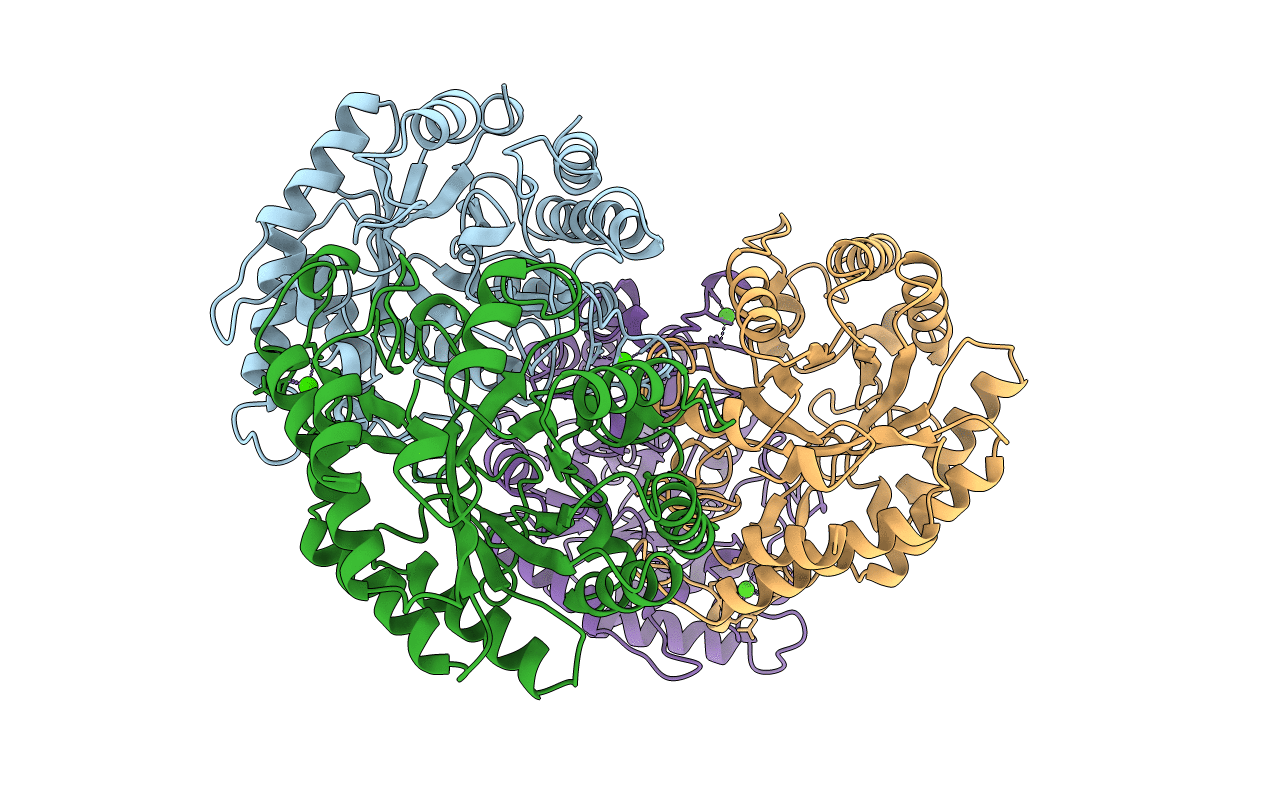
Deposition Date
1995-08-31
Release Date
1996-06-20
Last Version Date
2024-11-20
Entry Detail
Biological Source:
Source Organism:
Cellvibrio japonicus (Taxon ID: 155077)
Host Organism:
Method Details:
Experimental Method:
Resolution:
1.80 Å
R-Value Work:
0.16
Space Group:
P 21 21 21


